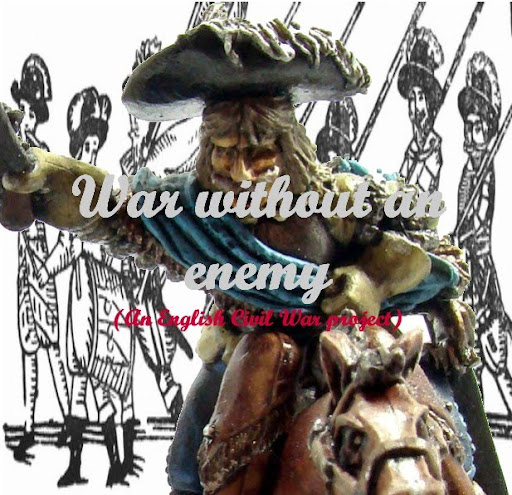It is my opinion that a regiment of Horse, whilst recorded as that of, say, Sir Ralph Hopton, would have in reality been composed of many different units, or 'troops', raised by local magnates, both great and small, in a given area, grouped together, or adopted, by a person whose name and title added prestige to the following. And following his successes in Cornwall, Hopton was a name that held much prestige and royal favour. (The subject of uniforms and identities is one that I find of great interest and one that I will, no doubt return to)
If this was in fact how things worked, the issue of uniforms (coat colours), obscure enough in relation to foot regiments, would become almost impossible when related to the cavalry, where troops raised would be financed by the 'raisee' for whom, I would think, arms and mounts would be more of a priority than uniform requirements. Attempting to pin down coat colours for foot regiments is akin to looking for a needle in a haystack, but I have never seen any reference to any uniform worn by Horse.
As a result of my, possibly addled, thinking, I shall be adopting a totally un-uniformed style for my Horse figures. Coats, where visible beneath 'buff coat' or armour, will be of various colours possibly augmented by ribbons or sashes of a regimental colour, no doubt favouring the regimental standard.
For Hopton's I shall be using a red, probably from the field of his coat of arms. However, I shall use this colour sparingly for the above reasons, and since I have no idea of the numbers that made up this regiment, commanded by Lord Digby (not Rupert's number one fan), I shall be starting with two 'squadrons', troops, to be increased as necessary. With this in mind, I await the arrival of my first batch of recruits from Bicorne Miniatures.
In the meantime here is the finished Hopton command base;









